Muhammad Inuwa M/fashi
When the Alau Dam was commissioned in 1986, it represented a turning point for Borno State, a crucial infrastructure meant to prevent flooding, irrigate farmlands, and serve as a vital source of water for the region.

Today, nearly 40 years later, it has become a symbol of neglect, as its once-proud dykes crumbled under pressure, unleashing a flood that swept through communities, leaving devastation in its wake.
The most baffling part? Billions of naira have been allocated for the upkeep of the dam over the years. So, how did it all go so wrong?
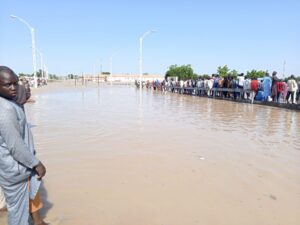
A Dam Ignored
For close to four decades, the Alau Dam has served its purpose, though not without issues. Maintenance efforts were sporadic at best, with no major repairs done to its infrastructure since its construction. Despite the periods and the strain placed on its aging structures, little attention was given to the dam’s condition.
While the state government repeatedly earmarked funds for its upkeep, the evidence on the ground suggests otherwise. Weakened dykes, cracks in the dam wall, and unchecked vegetation growth around the structure hinted at an inevitable disaster. Yet, year after year, those in charge turned a blind eye, leaving the dam vulnerable to collapse.

The situation reached a boiling point when the dam finally gave way, sending torrents of water rushing into nearby communities. Lives were lost, homes were destroyed, and livelihoods were washed away. The burst dykes, once the last line of defense, had failed — a tragic testament to years of negligence.
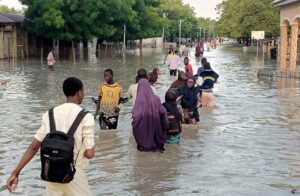
Empty Assurances, Broken Promises
Adding insult to injury, just days before the disaster, the Secretary to the State Government (SSG) had visited the dam for an inspection. His conclusion? The dam was in good shape, and there was no cause for alarm. His words gave a false sense of security to residents living in the shadow of the dam.
But as the floodwaters surged, it became clear that the inspection was either grossly inadequate or conducted with little regard for the actual state of the dam.
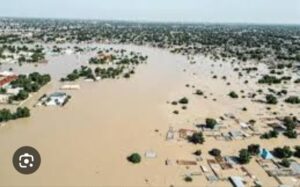
The timing of the SSG’s vote of confidence has sparked outrage among the affected communities. “How could they claim the dam was safe when it was on the verge of bursting?” asked one distraught resident. “It’s as if they were waiting for the worst to happen.”
Where Did the Money Go?
One of the most pressing questions now is: where did the money allocated to maintain the Alau Dam go? Billions of naira have been reportedly funneled into dam maintenance over the years, but the recent disaster shows that these funds were not used effectively, if at all.
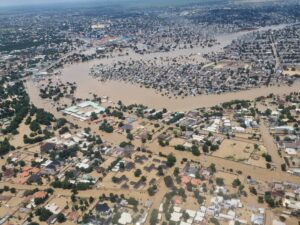
The lack of transparency surrounding the dam’s upkeep has fueled widespread suspicion. Was the money diverted elsewhere? Were the inspections mere formalities meant to create the illusion of oversight? And most importantly, who is responsible for this failure?
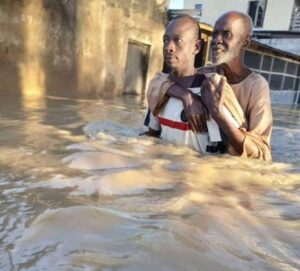
Demands for Justice
As floodwaters recede, anger rises. The people of Borno are demanding accountability, insisting that those responsible for the dam’s neglect be held to account. “It would be an injustice if no one is brought to book over this disaster,” said a community leader.
With calls for an independent investigation growing louder, many hope that this tragedy will finally force a reckoning for the officials who allowed the dam to deteriorate unchecked. They want answers — and they want justice.
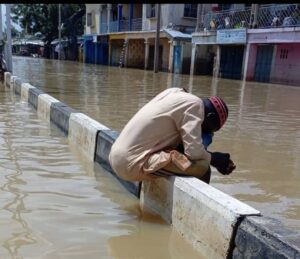
In the end, the Alau Dam disaster isn’t just about the failure of a 40-year-old structure. It’s a stark reminder of the dangers of neglect and corruption, of what happens when promises are broken and vital infrastructure is allowed to rot.

As Borno State mourns its losses, one question lingers: could this tragedy have been prevented if those in charge had taken their responsibilities seriously?
Muhammad Inuwa M/fashi
Social Commentator
ainuwa303@gmail.com




